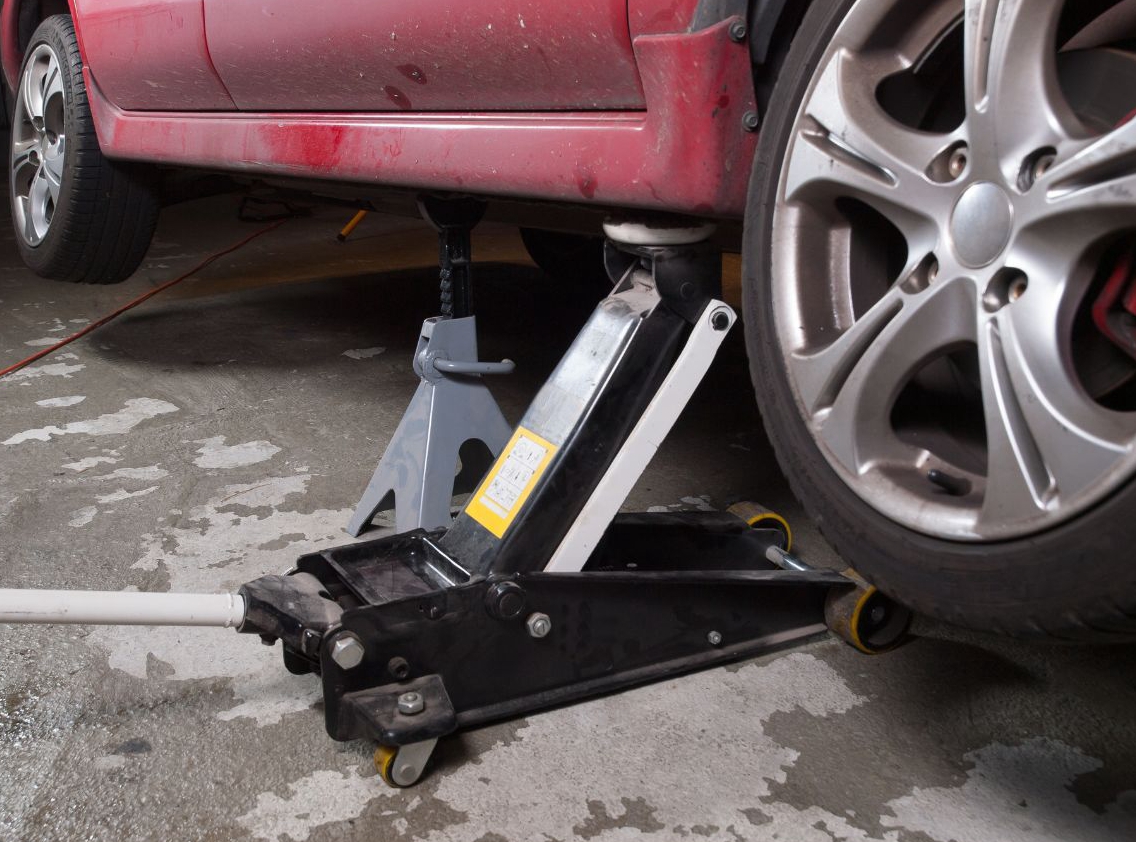A hydraulic floor jack is a type of jack used for lifting heavy objects, typically vehicles, off the ground for maintenance or repair work. It is commonly used in automotive applications, such as changing tires, performing brake repairs, or working on the suspension system.
Hydraulic floor jacks work by using hydraulic pressure to lift a load. They consist of a metal frame with a long handle for pumping, a lifting arm with a lifting pad or saddle, and a hydraulic cylinder that contains oil and a piston. When the handle is pumped, it operates a pump plunger that creates pressure in the hydraulic cylinder, which in turn lifts the piston, the lifting arm, and the load.
Here are some key features of a hydraulic floor jack:
- Weight capacity: Hydraulic floor jacks come in various weight capacities, ranging from a few hundred pounds to several tons, to accommodate different types of vehicles or loads. It's important to choose a jack with a weight capacity that is suitable for the load you need to lift.
- Lifting range: Hydraulic floor jacks also have different lifting ranges, which determine how high they can lift a load. It's important to choose a jack with a lifting range that is sufficient for the height you need to lift the load.
- Stability: Hydraulic floor jacks are designed with a wide base and sturdy construction to provide stability during lifting. Many models also feature swivel casters for easy maneuverability.
- Safety features: Some hydraulic floor jacks come with safety features such as overload protection valves that prevent overloading, and built-in bypass valves that allow for controlled lowering of the load in case of a sudden release of the handle.
- Maintenance: Hydraulic floor jacks require regular maintenance, including checking the oil level, keeping the hydraulic cylinder clean, and lubricating moving parts as needed, to ensure proper operation and longevity.
When using a hydraulic floor jack, it's important to follow proper safety procedures, such as placing the jack on a flat, level surface, positioning it correctly under the load, and using jack stands or other means of support to prevent accidents or injuries. It's also essential to read and follow the manufacturer's instructions for proper use and maintenance of the hydraulic floor jack.



